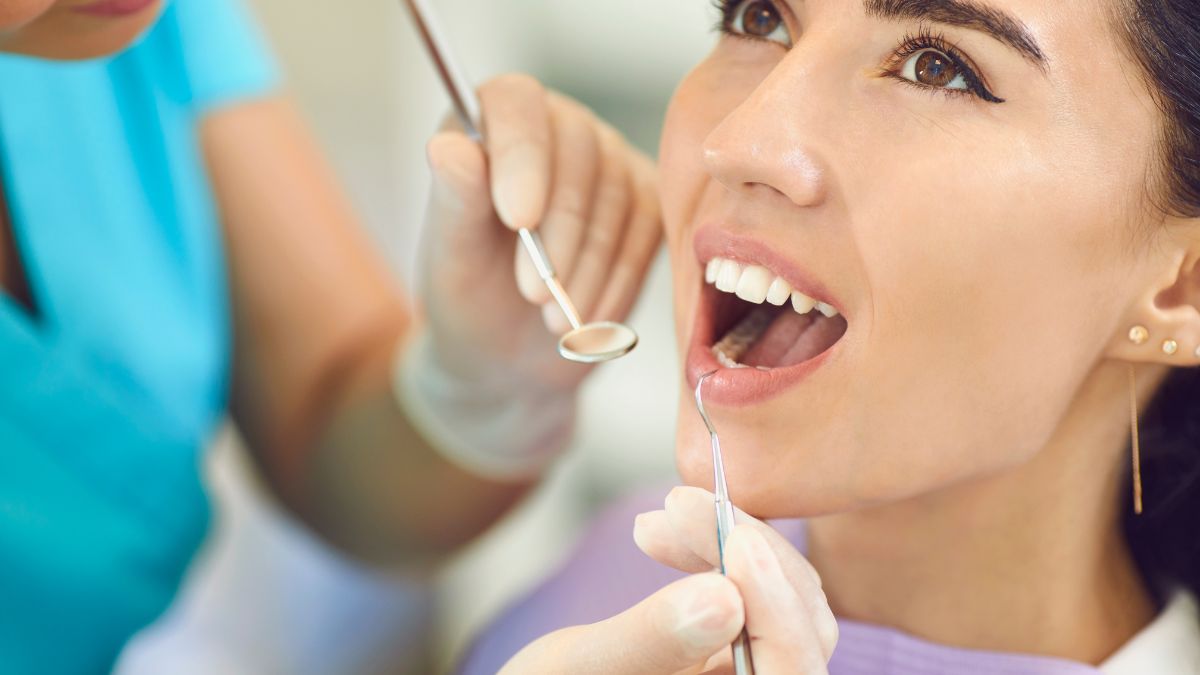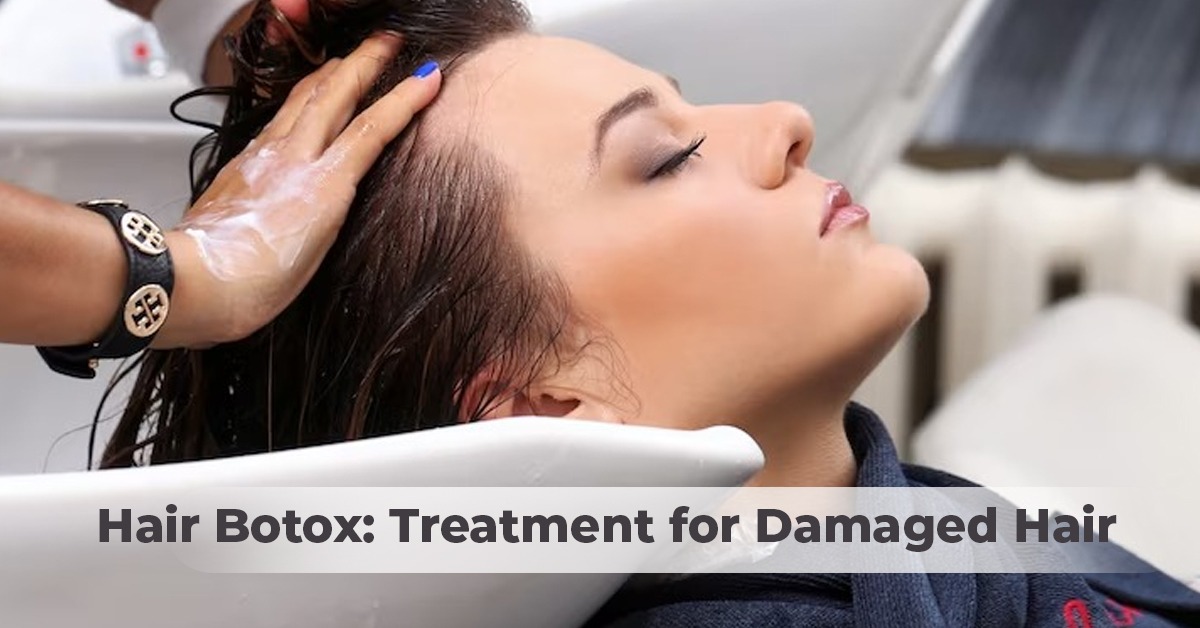Are you tired of looking in the mirror and seeing a tired, dull appearance staring back at you? Well, fear not! The latest dermal fillers treatment will help give you a relaxed and fresh new look. Say goodbye to fine lines, wrinkles, and sagging skin with this innovative cosmetic procedure that has taken the beauty world by storm. If you’re ready to turn back the clock on your appearance and feel revitalized like never before, then read on for all the juicy details about this game-changing treatment. Get the Best Dermal fillers in Delhi at Facethetics Beauty.
Types of Dermal fillers Treatment
There are many types of dermal fillers available on the market today. Here, we will discuss the three most popular types of dermal fillers: hyaluronic acid, collagen, and fat grafting.
1. Hyaluronic Acid Fillers
Hyaluronic acid is a naturally occurring substance in the body that helps to keep the skin hydrated and plump. This type of filler is often used to treat fine lines and wrinkles, as well as to add volume to the lips. Hyaluronic acid fillers are considered to be very safe, with minimal risk of side effects.
2. Collagen Fillers
Collagen is a protein that is found in the skin, bones, and connective tissue. As we age, our bodies produce less collagen, which can lead to sagging skin and wrinkles. Collagen fillers can help to restore lost collagen and improve the appearance of aging skin.
3. Fat Grafting
Fat grafting is a procedure in which fat cells are taken from another area of the body (usually the abdomen or thighs) and injected into the face. This can help to add volume to areas such as the cheeks or lips. Fat grafting is considered to be a more permanent solution than other types of dermal fillers
Advantages of Dermal Fillers Treatment
- At Facethetics Beauty, Best Dermal fillers in Delhi, we help in adding volume to the face, lips, and hands through dermal fillers treatment.
- They can also help diminish the appearance of wrinkles and fine lines.
- One of the main advantages of dermal filler treatments is that they are non-surgical. This means that there is no need for anesthesia or recovery time.
- The treatment is quick and easy, and you can see results immediately.
Another advantage of dermal fillers is that they are temporary. This means that you can try out different looks without commitment. If you don’t like the results, simply wait for the fillers to dissipate and your natural appearance will return. - Lastly, dermal fillers are relatively affordable compared to other cosmetic procedures. The cost of treatment will depend on the type and amount of filler used, as well as the area being treated. However, overall, dermal fillers provide a great value for their price.
Get the Best Dermal fillers in Delhi and Best Botox in Delhi at Facethetics Beauty.
Latest Dermal Filler Treatment
As we age, our skin loses elasticity and volume, which can result in a tired, sunken appearance. Dermal fillers are a popular treatment to help restore a youthful look by adding volume to the skin.
The latest dermal filler treatments use hyaluronic acid, which is a naturally occurring substance in the body that helps to keep the skin hydrated and plump. Hyaluronic acid fillers are very safe and effective, and they produce long-lasting results.
There are many different types of dermal fillers available, so it’s important to consult with a qualified aesthetician or doctor to determine which type is best for you. The most common side effect of dermal fillers is temporary redness or swelling at the injection site, but this usually disappears within a few days.
If you’re looking for a way to achieve a fresh and relaxed look, dermal fillers may be right for you!
How long does the Treatment Feel Fresh look
The treatment itself only takes a few minutes, and you will see results immediately. The results last anywhere from three to six months, depending on the person’s natural metabolism and how much product is injected.
If you are looking for a dermal filler treatment that will give you a relaxed and fresh look, then you should consider the latest treatment called Feel Fresh. This treatment is designed to help you achieve a more youthful appearance by reducing the appearance of wrinkles and fine lines. The best part about this treatment is that it is non-invasive and only takes a few minutes to complete. In addition, the results of this treatment are immediate and can last up to six months.
The treatment is not painful and there is no downtime. You can see the results immediately. The results last for about 4 to 6 months, depending on the individual.
Conclusion
Dermal fillers are an excellent and safe treatment to achieve a more youthful, relaxed and refreshed look. The latest dermal filler treatments have made it easier than ever before to target wrinkles, lines and sagging skin without the need for surgery. While these treatments can be expensive, they will offer you lasting results that will help you feel more confident in your own skin. If you’re looking for a way to turn back the clock on aging without going under the knife, dermal fillers might be just what you need!










